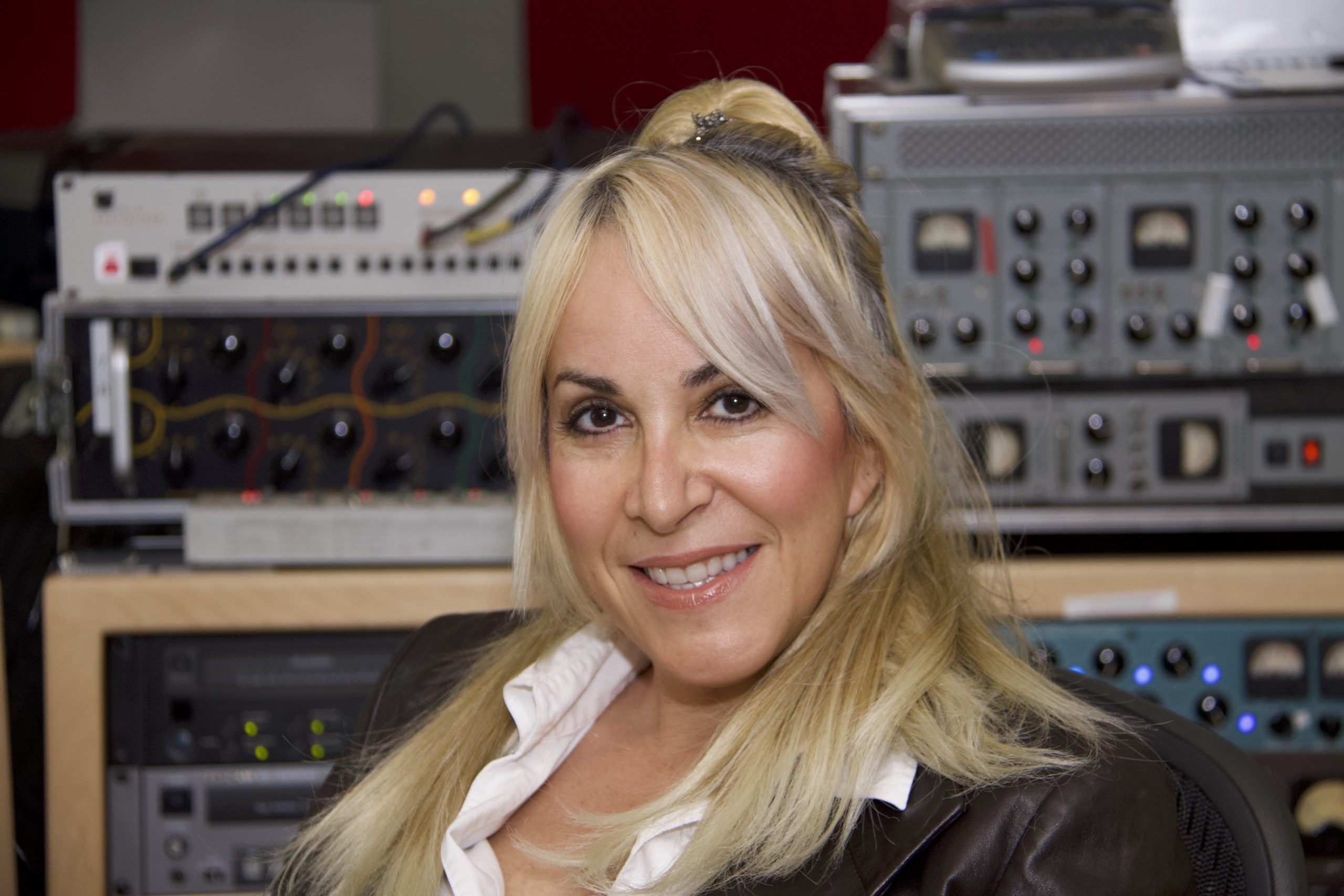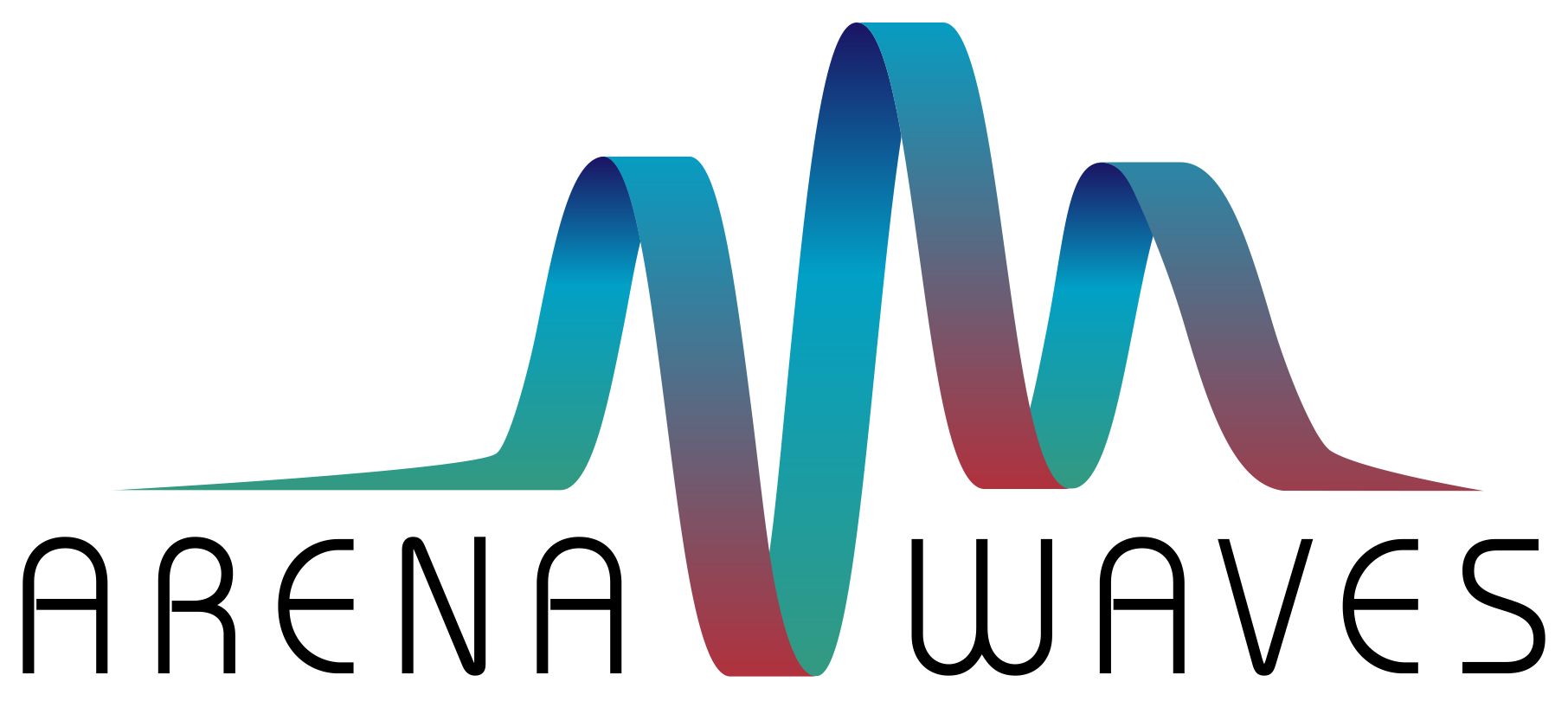SVG Sit-Down: A1 Jeri Palumbo on Becoming a Production-Music Entrepreneur
The broadcast-sports veteran is co-founder of new Arena Waves library
Story Highlights
Every production-music library has developed its sports vertical, but, for newcomer Arena Waves, sports is its one and only. Not surprising, given than founding partner Jeri Palumbo has been one of the go-to A1s in broadcast sports for 27 years. The Telly Award-winning musician-turned-mixer has handled sound for NFL, NBA, MLB, NHL, and NASCAR events, as well as the Super Bowl, World Series, Stanley Cups, and the Oscars. She sat down with SVG to discuss where her new venture came from, where it’s going, and what’s facing production music for broadcast and live sports.

Jeri Palumbo: “Arena Waves is different because we are crafting cues from the bottom up: a user’s perspective. We know what they are looking for.”
You were a musician before moving into pro audio, a not-uncommon transition for sports A1s. But what prompted this move into production music? What opportunity or need do you see in a market that already has millions of tracks available?
All of my work is deeply rooted in my musical training and background before I moved into broadcasting. As an A1, I had to edit music to fit the broadcast needs. After a chance meeting in New York City with my current partners in Arena [Rich Tozzoli and Pat Finnegan], we had a lengthy discussion about the specifics of how sports music is different from film and television cue, including the vernacular.
I always thought that a music library dedicated to sports would be extremely useful to every aspect of production, and this partnership was ideal not only from a catalog-volume perspective but in the willingness of my partners to curate it into being sports-specific. In addition, we had an enormous talent pool we could combine between us (East and West Coast established session musicians and composers).
It was very natural to take all of my experience, broadcast and music combined, and apply it to this new partnership for the creation and curation of music specifically for the sports and esports market. Arena Waves is different because we are crafting cues from the bottom up: a user’s perspective. We know what they are looking for.
What sets Arena Wave apart from competitors? How does your perspective as a broadcast-sports A1 provide unique insights here?
We make super-high-quality cues that are drop-in–ready, no editing required. We’ve done the editing. Having spent countless hours over the years shaving cues, we understand how time-consuming this is. With our cues, you can plug and play. Or, if you want something very specific, we are happy to do that, too. Arena Waves understands sports, esports and live broadcast production. We know how music is chosen because we’ve actually sat in that chair for 25 years.
What search technologies and services can Arena Wave provide to clients?
Arena Waves is mobile-platform–friendly. You can work with Arena Waves anywhere from your phone or computer, so there is no downtime on creating production playlists.
We also broke out curated playlists by style for easy searching. What you don’t find in our curated playlist, you can find by genre, type, style, etc. in our main search field. In addition, we can deliver the most complicated requests quickly to our clients without compromise in as little as 48 hours.
 We also created the Producer’s Edge section, where broadcast producers, editors, and creators can get ready-made precision cut-downs for bumpers and highlights, freeing the A1 or editors from having to shave cues or edit. This is specifically helpful for live environments, when time is critical. Producers, A1s, and creators don’t have to think about it; they can just add it to their Spot On, Ableton, 360 Systems, or whatever [platform] they are using.
We also created the Producer’s Edge section, where broadcast producers, editors, and creators can get ready-made precision cut-downs for bumpers and highlights, freeing the A1 or editors from having to shave cues or edit. This is specifically helpful for live environments, when time is critical. Producers, A1s, and creators don’t have to think about it; they can just add it to their Spot On, Ableton, 360 Systems, or whatever [platform] they are using.
What are Arena Waves’ positions on such issues as royalty-free music and how to deal with DCMA takedowns of tracks used by sports?
Since Arena Waves personnel have experience coming from both the music industry and the broadcast world, we are sensitive to these issues. There will always be a place for royalty-free catalogs, and they are appropriate for, say, corporate in-house video or other smaller outlets. However, our talent pool of composers and musicians is top-notch, and Arena Waves will always strive to take care of them. That means getting the most-viable licensing syncs. In regard to DCMA takedowns, if a cut is being used for a professional production without the owner’s permission, then absolutely I agree with the DCMA takedown.
A lot of music for sports has settled into some predictable pairings: hip hop for the NBA, pastoral themes for golf, triumphal horns and crunchy guitars for the NFL. Are these genres due for a shake-up?
Like any music bed, it needs to fit the narrative and make sense. Music paints a story on one hand while, other times, it’s used to energize. Even though there is a comfortable and somewhat predictable pattern in the sports-broadcast world, we believe it’s fresh and exciting to shake things up and try something new when appropriate.
What are the challenges in developing music for sports on the air and in the venue?
The main challenge is understanding the different needs of sports post- and pre-productions vs. a live over-the-air broadcast. Stadium and arena venues handle these differently from live broadcasts, and esports handles it differently from all the above. We understand all these differences because, again, we have sat in the chair of all those positions.
What does the future hold for sports music? Surround? 3D?
A lot! While traditional broadcasts have a tendency to go with what is predictable — standard stereo or 5.1 — esports is the trailblazer not only for embedded audio experiences but in its overall approach to tech, both in front of and behind the scenes.
For instance, esports has been doing object-oriented audio for some time now and not just in their videogames but also live. While some of this live experience cannot be broadcast to the masses just yet, it has been delivered to some of the venues this way while simultaneously sending broadcasts in stereo.
This creates a whole new dimensional playing when it comes to not only audio in general but what and how you process the music and what you do with it. It’s a very exciting time when it comes to audio technology, and definitely when it comes to the music scene in sports and esports.
